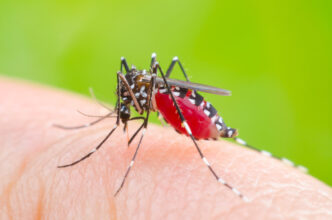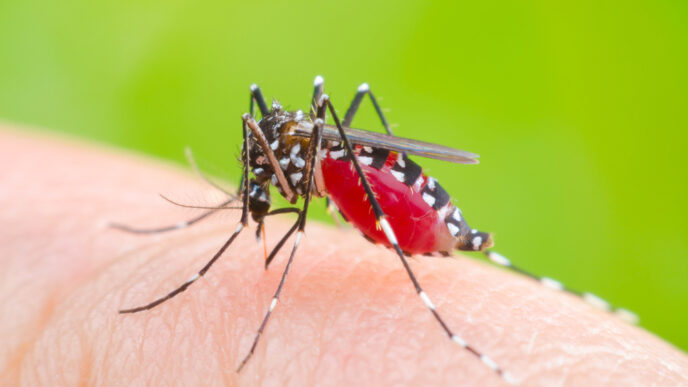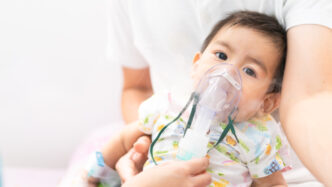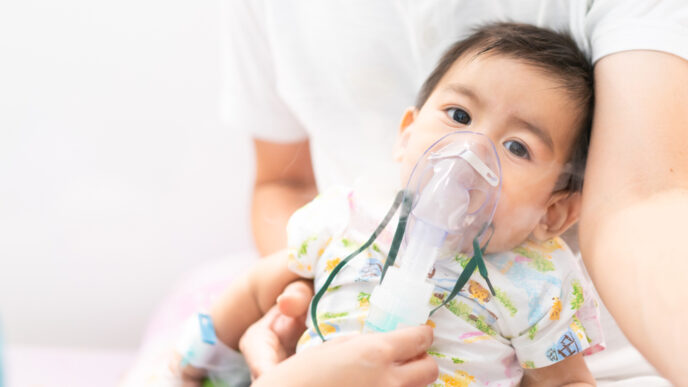WORDS LIM TECK CHOON
| Dr Agilan Arjunan
Consultant Gynaecologist & Fertility Specialist KL Fertility Centre |
Infertility cuts deep into the heart. It hurts for a couple who long for a child, but can’t conceive despite trying so hard, and the hurt is made more intense by the fact that the joy of pregnancy and childbirth is all around them. Other couples share stories, photos, and Facebook posts of their parenthood experiences, making a couple’s inability to conceive seem even more unfair.
Yet, the door to parenthood may not be closed permanently. As fertility treatments become more advanced, we are starting to have more control over our chances of conceiving a child. There are still many things that are up to chance, but we also have more options than before to address difficulties in conceiving. This month, fertility specialist Dr Agilan Arjunan takes a look at some of the main causes of infertility among Malaysian women.
AGE: IT’S MORE THAN JUST A NUMBER
Dr Agilan had touched on this in recent articles but it’s worth bringing up again because a woman’s advancing age remains the most common cause of her difficulties in conceiving a child.
- A woman’s most fertile period is usually during her mid-20s.
- Her fertility begins to decline after the age of 30.
However, starting a family in the early twenties is not an option for every woman. A woman these days is more likely to be able to commit to starting a family in her thirties or even forties, a time when her fertility is on a decline.
What can we do about this? A fertility specialist can run a test called the anti- Müllerian test to estimate how many primordial follicles remain in a woman’s ovaries. For this test, the woman only needs to provide a sample of her blood. Once the test result is in, the fertility specialist can advise on the next best step.
In-vitro fertilization (IVF) may be helpful when it comes to selecting the highest quality egg cell for fertilization, therefore overcoming the issue of lower quality eggs produced at a later age.
Another option is for the woman to have her eggs frozen when she is at a more fertile age. These eggs can be thawed and used when she is ready to start a family at a later age.
To understand why fertility drops with age, we first need to understand how the ovaries work.
Dr Agilan shares that a woman only has approximately 10% of her egg reserve remaining by the time she turns 30, and the reserve continues to deplete until she reaches menopause and, hence, the end of her childbearing days.
- The ovaries release a mature egg cell during a woman’s menstrual cycle (typically around day 14), and new life is formed when a sperm cell fertilizes this egg during sexual intercourse.
- The egg cell develops from a pre- existing cell in the ovary called the primordial follicle. This process occurs under the infuence of hormones such as the follicle stimulating hormone (FSH).
- Now, the woman is born with a set number of primordial follicles. No new primordial follicles will be made after she is born. Therefore, once all her primordial follicles are used up, she will no longer be able to produce any more egg cells.
- Another issue that arises is that the quality of the egg cell produced tends to decrease with the woman’s age. This may occur even when a woman still has a good number of primordial follicles. This is because the good quality eggs tend to be released during the woman’s most fertile period. Egg cells produced at a later age tend to have a higher risk of being abnormal.
ISSUES WITH THE FALLOPIAN TUBES
Figure A. Blockage in the fallopian tube can prevent a mature egg cell from being fertilized by a sperm cell.
As indicated in Figure A, the fallopian tube is a tube-like structure that provides passage for the mature egg cell to travel from the ovary to the uterus. During sexual intercourse, it will encounter a sperm cell during its journey, and the subsequent fertilization will give rise to new life.
These days, fallopian tube issues are increasingly common. These issues include blockage and damage which prevent the egg cell from ever meeting the sperm cell.
Dr Agilan explains that these issues arise because more women are becoming sexually active at a younger age. This increases their risk of developing pelvic inflammatory disease (PID), especially if they do not practice safe sex. Some women may not realize that they have PID because its symptoms can be either absent or very mild.
Other possible causes of fallopian tube issues include ruptured appendix and a previous ectopic pregnancy (which happens when an embryo attaches itself into the fallopian tube instead of the endometrium in the uterus).
What can we do about this?
If fallopian tube issues are suspected to be the cause of a woman’s difficulty in conceiving, a type of X-ray test called hysterosalpingography can be performed to confirm that this is indeed the case. Once this is confirmed, there are a few options depending on the nature and location of the damage or blockage.
- laparoscopic surgery can be done to repair fallopian tube damage.
- If the fallopian tube damage isn’t too close to the uterus, surgery may be able to repair the damage. However, there is risk of scar tissues forming at the site of surgery during the healing process, causing the fallopian tube to be blocked.
- In-vitro fertilizationis most likely the best option for couples wishing to have a child despite the presence of damaged or blocked fallopian tubes. The fertility specialist can extract eggs directly from the ovaries, bypassing the fallopian tube altogether.
ENDOMETRIOSIS
The innermost layer of a woman’s uterus is called the endometrium. It is here that the embryo, which develops from a mature egg cell that has been fertilized by a sperm cell, implants itself to develop into a baby. If no fertilization occurs, the lining tissue thickens and breaks down before exiting the body as menstrual flow.
“Endometriosis arises when tissues from the endometrium grow outside of their usual place in the endometrium,” says Dr Agilan. “They may grow in the fallopian tubes, ovaries and even in the pelvis.”
These cells thicken, break down and bleed during the menstrual cycle, and this becomes a problem as the blood and broken-down tissue cannot exit the body. This leads to irritation in the surrounding tissue as well as formation of scars and cysts.
“ENDOMETRIOSIS, UNFAIRLY CALLED THE CAREER WOMAN’S DISEASE, WAS ONCE THOUGHT TO BE CAUSED BY DELAYED CHILDBEARING. WE NOW KNOW THAT’S NOT TRUE AT ALL.”
Consequently, someone with endometriosis can experience great pain. Her fertility is very likely to be affected as well, as endometriosis can reduce both the number of eggs as well as quality of these eggs.
What can we do about this? Treatment of endometriosis, which typically involves hormone therapy, makes it harder for a woman with endometriosis to conceive, as it prevents ovulation. Therefore, if the woman wants to have a child, the fertility specialist will recommend temporarily stopping treatment.
If necessary, laparoscopy can be performed to reduce the severity of endometriosis and improve the chances of pregnancy. Intrauterine insemination (IUI) may also be useful as this procedure allows the injection of sperm cells directly into the uterus, therefore improving the chances of a successful fertilization.
POLYCYSTIC OVARY SYNDROME (PCOS)
Polycystic ovary syndrome (PCOS) is a lifelong condition that give rise to several bothersome, uncomfortable and even painful symptoms, as seen in Figure B. According to Dr Agilan, it affects about 20% of women worldwide, and in Malaysia, it is especially common among Indian women.
Depending on the severity of her PCOS, the affected woman’s ovaries may fail to regularly release eggs. Dr Agilan shares that it is not unheard of for women with PCOS to not have their period for up to six months, perhaps even a year. This naturally affects their ability to have children.
What can we do about PCOS? Dr Agilan notes that more than 50% of women with PCOS have higher than normal levels of the hormone insulin, even though they are not diabetic.
“The higher the insulin levels, the harder it is for the woman to form a mature egg cell and ovulate,” he says.
Therefore, a way to increase the woman’s chances of conceiving a child is by reducing the insulin level. This is done by prescribing metformin, the staple medication for people with diabetes.
PROBLEMS AFFECTING THE UTERUS
“These problems include the presence of fibroids, which can affect the ability of a fertilized egg to implant into the endometrium or displace the fallopian tube and make it difficult for the sperm cell to meet the egg cell,” Dr Agilan says.
Another, rarer condition is adenomyosis, which is a type of endometriosis. In this case, endometrial tissues are found in the wall of the uterus, giving rise to an enlarged uterus, heavy and/or prolonged bleeding during menses and pain.
What can we do about it? Because problems with the uterus usually affect the ability of the woman to stay
pregnant – which is to say, it may prevent an embryo from being implanted or staying implanted in the endometrium – there is no simple “one size fits all” solution. The fertility specialist evaluates the patient and considers the best options on a case by case basis.
Guys aren’t left out! Dr Agilan will turn the spotlight on the main reasons why men have a hard time making babies in the next Woman’s Health and Fertility column. Watch out for it!














